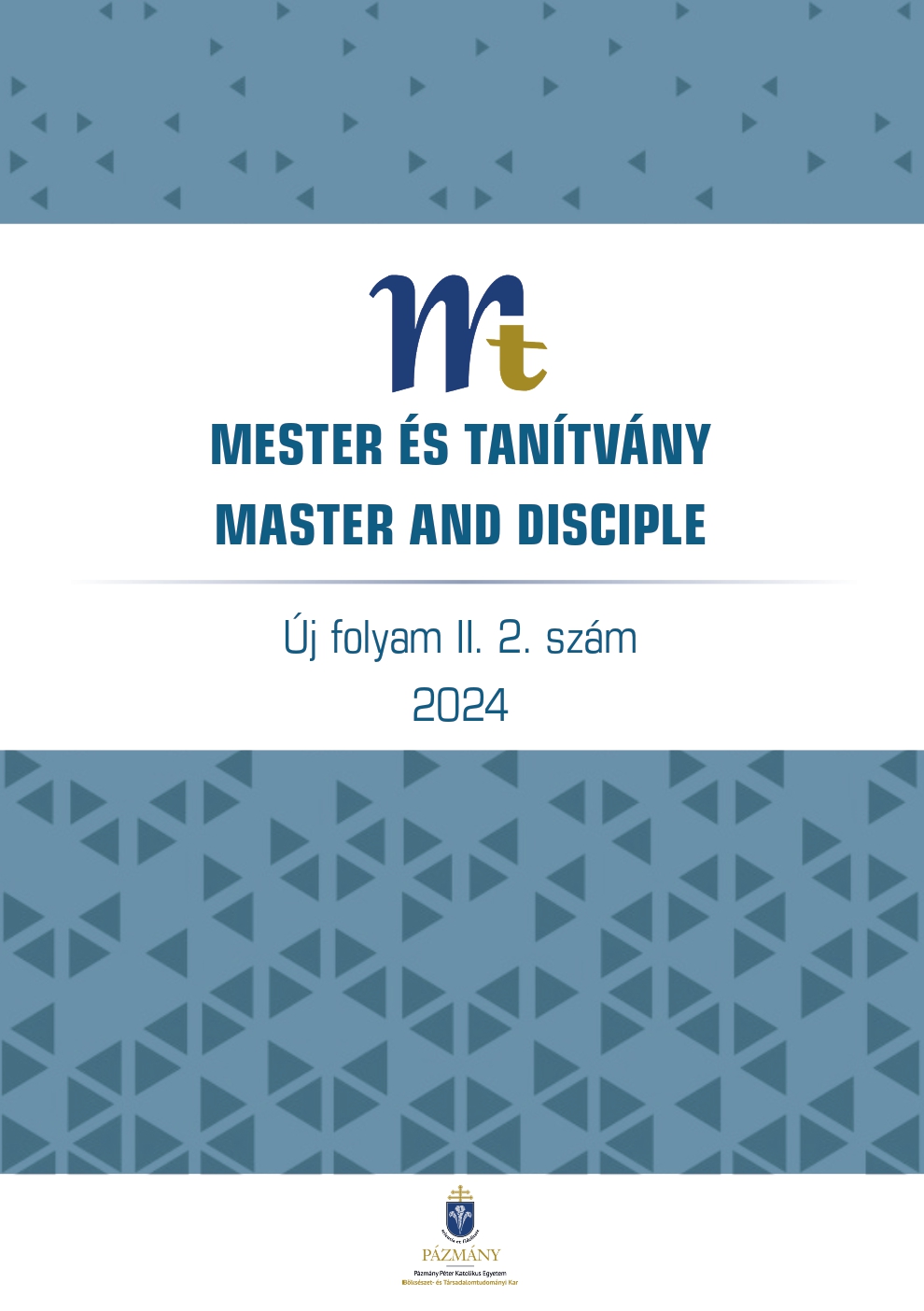Published 07-01-2025
Keywords
- history didactics,
- history textbook,
- Kolos Vaszary
Copyright (c) 2025 Péter Jakab

This work is licensed under a Creative Commons Attribution 4.0 International License.
Abstract
The name of archbishop and cardinal Kolos Vaszary (1832 1915) usually appears in church history works as an opponent of the church policy measures of the first Sándor Wekerle government. It is less well known that before becoming the head of the Hungarian Church (1891), Vaszary, who taught History and Geography in many places (Komárom, Pápa, Esztergom, Győr, Pannonhalma) was the first Benedictine monk to hold a diploma, and wrote several handbooks for students. He also taught Győző Concha (historian), Gábor Baross (politician) and his direct successor in the archbishopric, János Csernoch. Vaszary’s name is missing from the vast majority of works dealing with the pedagogy of the period and the history of History as a subject. My paper takes a position supporting the importance of Vaszary as a textbook author, examining his works as a primary source. The later cardinal played a role in popularizing the works of Mihály Horváth during the period of neo-absolutism, and as a young teacher he already started a series of historical pamphlets (Youth Plutarch) and organized self-education circles. In the era, Vaszary recognized the significance of Sigismund of Luxemburg’s rule in a way that was far from self-evident, but his attention and interest also extended to military history and the 19th-century national reform assemblies. His two main works are the World History published in 1863 and the History of Hungary published in 1865. The chapters with maps, beginning with a “geographic overview” of the individual territories and empires, can be characterized as demonstrating a thorough knowledge of sources and didactic awareness, which are defining elements of our Hungarian history teaching to this day.


